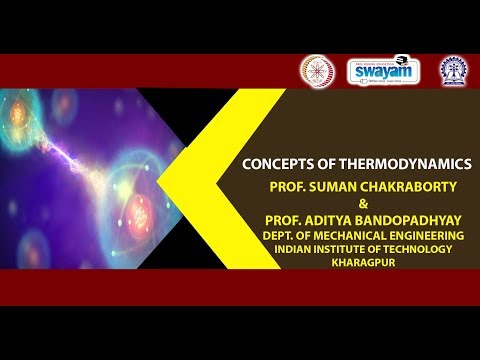Description:
COURSE OUTLINE : Thermodynamics is the basic building block of all of modern day industries (power generation, iron and steel, food processing etc.) and human convenience (refrigeration, engines, air conditioning etc.). Understanding and applying various ideas of thermodynamics is therefore at the heart of progress in science and engineering. The course aims at building strong fundamentals of work and heat interactions for various systems. Through various examples, the ideas of several industrial components and power/refrigeration cycles are further elucidated by addressing the problems from first principles. The ideas are extended to real systems where exergy or equivalently, the availability of a state is analyzed to give a feel of real problems to the students. Uniqueness of this course is a delicate balance between fundamental concepts and applications, in a manner consistent with the recently proposed AICTE Model Curriculum guidelines.

Concepts of Thermodynamics
Add to list
#Science
#Physics
#Thermodynamics
#Computer Science
#Information Theory
#Entropy
#Thermodynamic Cycles
#Carnot Cycle